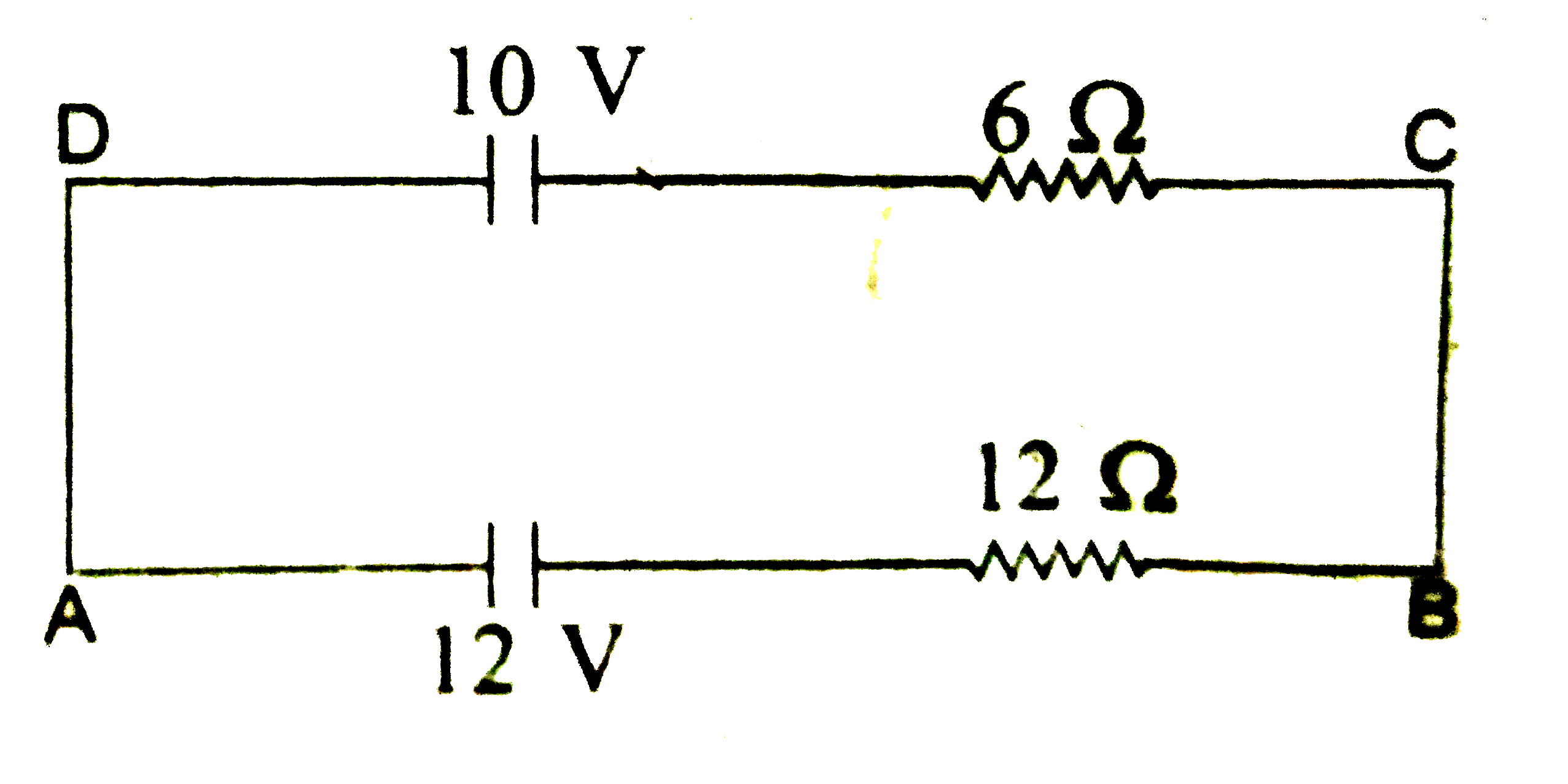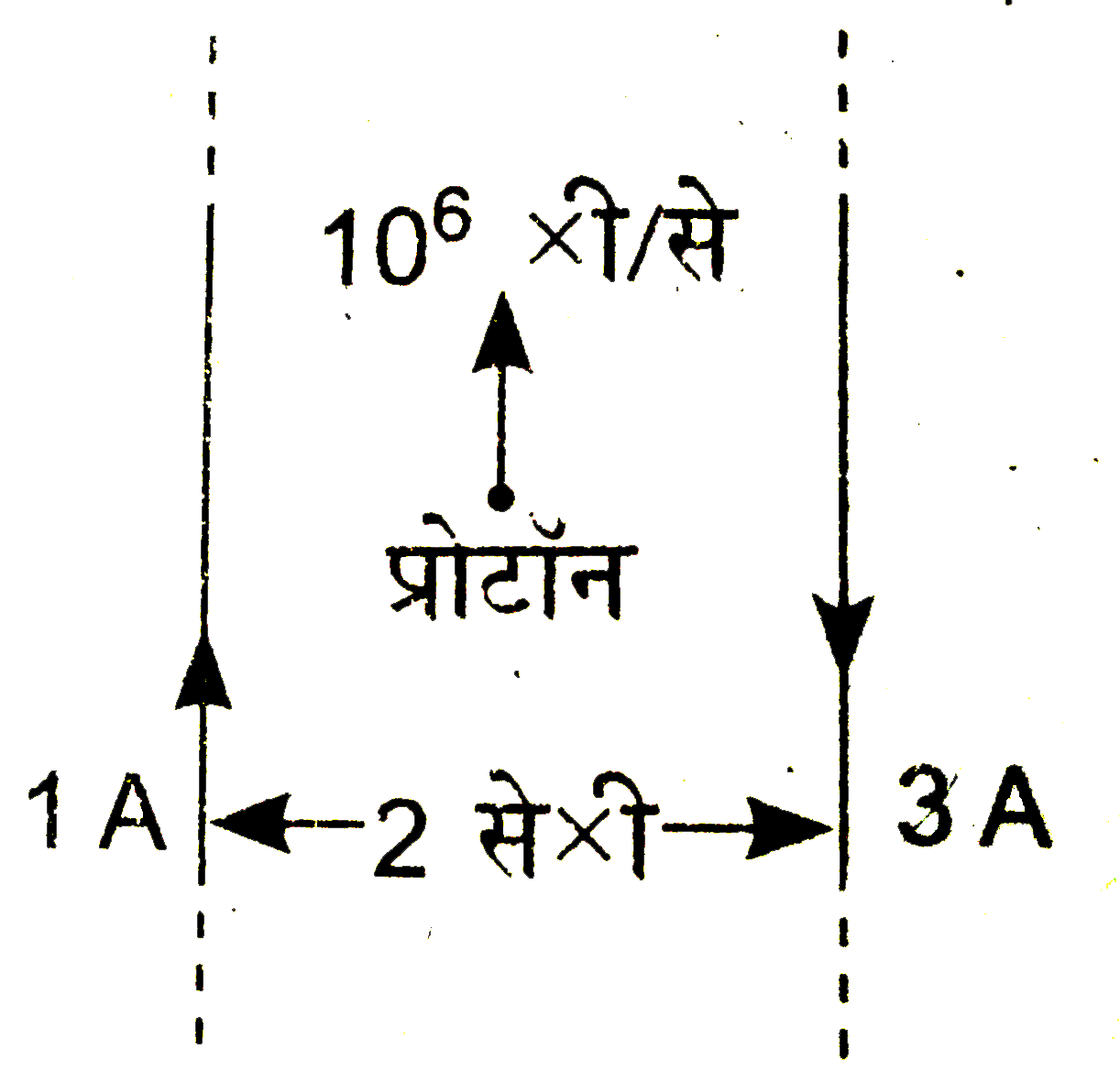A Natural Synthetic In 1970, Norman Borloug was awarded the Nobel Prize and credited with saving over a billion people from starvation. In what is now called the Green Revolution, Borlaug led the research and development over a two-decade span beginning in the 1940's to dramatically increases agricultural production worldwide. He introduced the synthetic farming methods already common in the United Stated and Britain to a global market,focusing particularly on the developing world and secceeded in hiking food production and saving lives. Borlauf's intiative calls for celebration. Yet,it is these same agricultural techniques-those associated with conventional farming-that have a bad over the last twenty-five years, causing the organic food market to a sour to a whopping $63 billion by 2012. These laborsaving,high-yeilding techniques bgan in the late 18th centuary and were perfected for nearly two centuries before worry spread that they seriously harmed the soil and allowed toxic chemicals to enter the food supply. In the 1940's while Borloug was busy feeding the world's impoverished, Albert and Gabrielle Howard-both accomplished botanists-were developing organic agriculture. Organic farming is the process by which crops are raised usnig only natural methods to maintain soil fertility and control pests. In the current food market, GMO's or genetically modified organisms, turn noses faster than saturated fats and soda pop. Instead,organic farmers rely on crop rotation, green manure and biological pest control, while excluding synthetic fertilizers,pesticides and growth hormones. Organic agriculture is said to promote sustainability, openness, health and safety and it standard are closely regulated by the International Federation of organic Agriculture MOvements. The IFOAM bases the foundation of organic farming on the minimal use of oo-farm inputs and on management practices that restore,preserve and improve ecological harmony. While this strategy sounds more "conventional" and effortless that what is now coined conventional farming, organic agriculture is actually quite scientific. Ecologically,organic farming is designed to promote and enhance biodiversity, so it must combine scientific knowledge and technologies to stimulate naturally occuring biological processes. For instance, organic farming uses pyrethrin, a natural pesticide found in the chrysanthemum flower, to deter pests and potassium bicarbonate to control diseases and suppress unruly weeds. Furthermore,where conventional farming focuses on mass production of each individual crop,organic farming encourages polyculture or multiple crops being raised in the same space . To replace nutrients, organic farming relies on the natural breakdown of organic matter by microorganisms like mycorrhiza, which forms a symbiotic relationship between fungi and plant roots. To relenish nitrogen, green manure is created by leaving uprooted crop parts to wither on a feild and is then used as a cover crop to fix nitrogen into the soil. The science doesn't stop with the crops. On farms with livestock, the feild of agroecology-which includes organic agriculture-attempts to provide animals with natural living conditions and feed. Just like in plants,organic farming rejects any growth hormones or genetic engineering in animals. The USDA has specific regulations in regard to organic livestock,demanding that the animals recieves only orgaic feed and are pastured rather than caged. Despite the popularity of organic foods, many argue that the concerns over conventional farming are a luxury of the rich. Organic farming yeild far less than conventional methods, uses more land and more labour, and is, therefore, more expensive. When prices rise and population falls, it is the poor that suffer. With the United Nations reporting 870 million people worldwide suffering from chronic malnutrition, organic farming faces a tough arguement against the capital-intensive, prolific conventional means. Science has a lot more work to do before organic agricultural methods can feed the world.
Q. As used in line 36, the word "symbiotic" most closely means
enviornmentally significant
hierarchicallly predatory.
mutually beneficial.
agriculturally resilient.
The correct Answer is:C
(C ) "Symbiotic" can be defined as the close association of two organism in a mutually beneficial relatioship. In line 36, we see that microorganisms from symbiotics relationships between fungus and plant roots to naturally break down orgaic matter and replace nutrients. Therefore,evven without knowing the definition,we can infer that this relationship is favourable to all. (B) provides an opposite meaning from this. (A), while true, is not descriptive of the advantages relationship. (D) is incorrect because there is no indication that these organisms have experienced a hardship that demands an agricultural resolation-they are simply helping out one anther.
Topper's Solved these Questions
Similar Questions
The folowing is an excert from Jane Austem's Mansfield Park,1814. The novel's protagonist, Fanny Parice, returns home after many years of living with her wealthy relatives at Mansfield Park. William was gone: and the home he had left her in was-Family could not conceal it from herself-in almost every respect the LINE very reverse of what she could have wished.It was the abode of noise,disorder and impropriety. Nobody was in their right place, nothing was done as it ought to be. She could not respect her parents as she had hoped. On her father, her confidence had not been sanguine, but he was more negligent of his ners coarser, than she had been prepared for. He did not want abilities,but he had no curiosity and no information beyond his profession,he read only the newspaper and the navy-list,he yalked only of the dockyard, the harbour, Spithead and the Motherbank, he swore and he drank, he was dirty and gross. She had never been able to recall anything approaching to tenderness in his former treatment of herself. There had remaind only a general impression of roughness and loudness, and now he scarcely and loudness, and ow scarcely ever noticed her, but to make her the objective of a coarse joke. Her disappointment in her mother was greater,there she had hoped much, and found almost nothing. Every flattering scheme of being of consequence to her soon fell to the ground. Mrs. Price was not unkind,but, instead of gaining on her affection and confidence and becoming more and more dear, her daughter never met with greater kindness from her than on the first day pf her arrival. The instinct of nature was soon satisfied and Mrs.Price attached had no other source. Her heart and her time were already quite full, she had neither leisure nor affection to bestow on Fanny. Her daughters never had been much to her sons, especially of William, but Bestey was the first of her girls whom she had pride, Bestey her darling, and John, Rechard, Sam, Tom and Charles occupied all the rest of her material solicitude, alternately her worries and her comforts. These shared her heart, her time was given chiefly to her hoouse and her servents. Her days were spent in a kind of slow bustle, all was busy without getting on, always behindhand and lamentating it, without altering her ways,wishing to be an economist, without contrivance or regularity, dissatified with her servents,without skill to make them better and wheather helping, or reprimanding or indulging them, without any power of engaging their respect. Of her two sisters, Mrs. Price very much more resembled Lady Bertram than Mrs. Norris inclination for it or any of her activity. Her disposition was naturally easy and indolent, like Lady Betram's and a situation of similar affluence and do-nothingness would have been much more suited to her capacity than the exertions and self-denials of the one which her imprudent marriage had placed her in. She might have made just as good a women of consequence as Lady Bertram, but Mrs. Norris would have been a more respectable mother of nine children on a small income. Much of all this Fanny could not but be sensible of. She might scruple to make use of the words, but she must and did feel that her mother was a partial, ill-judging parent, a dawdle, a slattern, who neither taught nor restrained her children, whose house was the scene of mismanagment and dicomfort from beginning to end and who had no talent, no conversation, no affection towards herself, no curiosity to know her better, no desire of her freindship and no desire of her freindship and no inclination for her freindship and no inclination for her company that could lesen her sense of such feelings.Fanny was very anxious to be useful and not to apperar above her home or in any way disqualified or disinclined by her foreign education,from contributing her helps to its comfort and therfore set about working for Sam immediately and by working early and late, with preservance and great despatch, did so much, that the boy was shipped off at last, with more than half his linen ready. She had great pleasure i feelings her usefulness,but could not conveive how they would have managed without her.
Q. What best describes what happens in the passage as a whole?
View SolutionBased on the evidence in the graph,which of the following is true?

View Solutionजैव-विकास से आप क्या समझते है? जैव विकास के पक्ष में तुलनात्मक शरीर -रचना तथा भ्रौणिकी से परमानो का वर्णन कीजिए!
View Solutionडार्विन के जैव-विकास के सिद्धांत में सबसे बड़ी कमी किस चीज की जानकारी न होना थी?
View Solutionजैव-विकास में उत्तपरिवर्तन को कहते है-
View Solutionअम्ल वर्षा क्या है ? ओोघोगिक संस्थानों में प्रयुक्त होने वाले ईंधनों द्वारा उत्पन पदार्थो से वायुमण्डल में प्रदूष्प से हानियाँ एव उनके बचाव के उपाय लीखिए ।
View Solutionउस कीटभक्षी पौधों का नाम लीखिए जो भारत के उत्तर -पूर्वी भाग की अब संकटग्रस्त प्रजाति है ।
View Solutionदिए गये विघुत परिपथ की सहायता से ज्ञात कीजिए
- (i) परिपथ में धारा , तथा
(ii) बिन्दु A तथा B के बीच विभवान्तर ।

View Solutionकिसी वैधुत परिपथ में, अमीटर श्रेणीक्रम में और वोल्टेमीटर समान्तर-क्रम में जोड़ा जाता है। क्यों?
View Solutionप्रदत्त चित्र में दो लम्बे समान्तर धारावाही चालकों में 1 ऐम्पियर तथा 3 ऐम्पियर की धाराएँ एक-दूसरे के विपरीत दिशाओं में प्रवाहित हो रही है। तारों के बीच 2 सेमी की दूरी है। तारों के बीच ठीक मध्य-बिन्दु पर 106 मी/से की चाल से गतिमान प्रोटॉन पर कार्य करने वाले बल का मान तथा दिशा ज्ञात कीजिए।

View Solutionचोक कुण्डली में प्रवाहित धारा को वाटहीन धारा क्यों कहा जाता हैं ?
View SolutionA .C स्त्रोत की आवृत्ति में परिवर्तन के साथ संधारित्र प्रतिघात में विचरण को दर्शाने के लिए ग्राफ खीचिए ।
View Solutionएक राजमार्ग पर दो बिन्दु A और B एक दूसरे से 90 किमी की दूरी पर है। एक कार A से तथा दूसरी कार B से एक साथ चलती हैं। यदि वे एक दिशा में चलती हैं, तो वे 9 घण्टे बाद मिलती हैं और वे विपरीत दिशा में चलती हैं, तो 97 घण्टे बाद मिलती है। उनकी चाल ज्ञात कीजिए।
View Solutionएक व्यक्ति ₹ 1000 का नोट लेकर बैंक जाता है। वह कैशियर से बदले में केवल ₹5 और ₹10 के नोट देने के लिये कहता है। यदि उसे कुल ।75 नोट मिलते हैं, तो उसने ₹5 और ₹10 के कितने-कितने नोट प्राप्त किए?
View Solutionसमस्याओ में रेखिक समीकरण युग्म बनाइए और उनके हल प्रतिस्थापन विधि द्वारा ज्ञात कीजिए :
एक नगर में टैक्सी के भाड़े में एक नियम भाड़े के अतिरिक्त चली गई दुरी पर भाड़ सम्मिलित किए जाता है। 10 किमी दुरी के लिए भाड़ा 105 है तथा 15 किमी के लिए भाड़ा क्या है ? एक व्यक्ति को 25 किमी यात्रा करने के लिए कितना भाड़ा देना होगा ?
View Solutionएक यौगिक में तत्व A तथा B घनीय संरचना में क्रिस्टलीकृत होते हैं । परमाणु A घन के कोनो पर तथा B फलक के केंद्र पर उपस्थित है । यौगिक का सूत्र है :
View Solution
